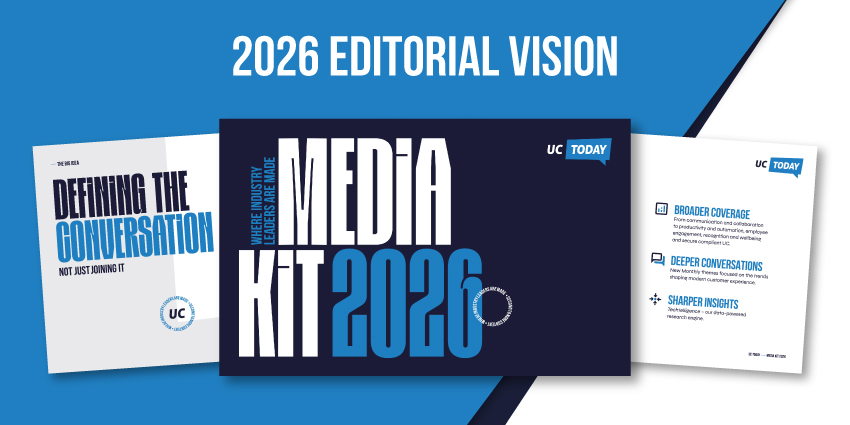Eamon McGann, Client Solutions Director at Core, likened data security to car safety features at Core’s recent webinar “How to protect your data and stay secure when working in Microsoft Teams”. In software and on the road, he described the way that reminding and educating users is just as important as enforcement:
“The car seatbelt is a very obvious and visible safety feature, and using it is a legal requirement. So if you start the engine without putting it on, you get a beep, to alert you and remind you why it matters. And that’s more or less conditioned us all to fasten it automatically now.”
Reminders shape behaviour
In Microsoft Teams, these policy tips raise user awareness of potential risks and compliance violations before they happen, because when users are away from the traditional office environment and maybe using their own devices, their guard can be lowered. The human user is always the most vulnerable link in the chain when it comes to social engineering and exploitation, so the first part of the journey to effective data security is about highlighting learning experiences opportunistically, and reinforcing awareness and cautious behaviour.

Other security features within Teams operate more directly and automatically, without users even really being aware of them or what they do. Just like behind the wheel: “If you buy a new car today and look at the spec sheet, it probably has ‘dynamic stability control’,” McGann continued. “Most users have no idea what that is, that light on the dashboard. But that doesn’t stop it cutting in correctly when they’re cornering on an icy road.
“It’s the same in Teams, there’s a ton of tooling that simply runs behind the scenes, built-in constraints and ways to prevent data loss, support compliance. Users don’t need to do anything, and it doesn’t change the way they work and use their familiar applications, right across Microsoft 365”
Putting safety barriers in place
This has always been a key message from Core, because their experience has indicated that not only are users sometimes unaware of the security features they can enable in Teams, they’re concerned that implementing them will be intrusive or inhibiting for the end-users, and could impact productivity and effectiveness.
On the contrary, as the Core team demonstrated, configuring Microsoft Teams for optimal data protection and governance is very straightforward, and helps every organisation meet their responsibilities to understand and manage data safely and compliantly — without interfering with the user experience. In fact, people are empowered when they know that the system helps them avoid mistakes, over data integrity.
“Just like we don’t want people thinking they’re going to crash every time they get in their car, they still need to know it’s got the latest safety features. They’ve got to take responsibility, drive safely, put the seatbelt on. But then they can relax and enjoy the ride,” McGann explained.
A secure road ahead
“When you set up information protection in Teams properly, not only can IT and Compliance teams sleep at night, everyone can get on with their jobs wherever they are, knowing the organisation is protecting them and the data subjects from breaches or loss. All of this is built into the tools they use every day”
If you want to better understand what’s going on under the bonnet when it comes to data loss protection and compliance in Teams, Core are offering one-on-one remote sessions covering the webinar topics until the end of this month, for the rest of this month – so you can get a concise overview of your present information security vulnerabilities and see how straightforward it can be to put them right.
To arrange yours contact Core today.







